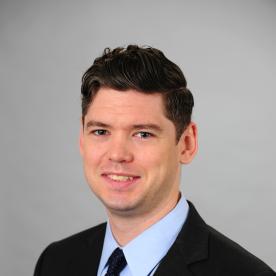In response to a series of complaints about abuses of time and attendance reporting by patent examiners, the Office of the Inspector General for the US Department of Commerce (“OIG”) requested that the United States Patent and Trademark Office (“USPTO”) perform an administrative inquiry into the allegations (the “Inquiry”). The Inquiry was directed towards the USPTO’s telework program, which allows patent examiners to work from home. The Inquiry focussed on whether patent examiners were accurately reporting their time while teleworking and whether appropriate internal controls were in place to prevent abuse.
About 3,800 out of the 8,300 US patent examiners employed with the USPTO work from home full-time under the telework program. Another 2,700 do so part-time. The complaints of falsified time reporting and “end-loading” by examiners (performing large amounts of their targeted workload near the end of the measurement period) are of concern to patent applicants, given growing concerns over poor Office action quality, a large backlog of patent applications and total pendency until issuance that is five years on average (per USPTO Performance & Accountability Report, 2013).
The final report delivered by the USPTO to the OIG for the Inquiry described a lack of tools available to supervisors in order to monitor their staff when teleworking, but “no objective evidence of any systemic abuse of reporting procedures.” However, an August 10, 2014 report by the Washington Post details an internal draft of the same report that arrived at strikingly different conclusions. For example, omitted from the final report to the OIG were details of specific instances of time fraud and the conclusion that “USPTO management demonstrated reluctance to take decisive action when the misconduct is egregious and the evidence is compelling.” The final report had been reduced to half the size of its original form.
According to USPTO Chief Communications Officer Todd Elmer, the initial draft was a fulsome description of the investigation record and meant for discussion purposes only. Many of the conclusions in the initial draft were removed for the final version of the report because, in the view of the USPTO, they were only partially supported or unsupported by the facts determined by the investigation. Todd Zinser, Commerce Department Inspector General, expressed disappointment on being informed of the filtered content of the report: “What we had hoped to see was an unfiltered response ... The true extent of the problem was not being conveyed to us.”
Summary by: John Lucas
E-TIPS® ISSUE
14 08 27
Disclaimer: This Newsletter is intended to provide readers with general information on legal developments in the areas of e-commerce, information technology and intellectual property. It is not intended to be a complete statement of the law, nor is it intended to provide legal advice. No person should act or rely upon the information contained in this newsletter without seeking legal advice.
E-TIPS is a registered trade-mark of Deeth Williams Wall LLP.
